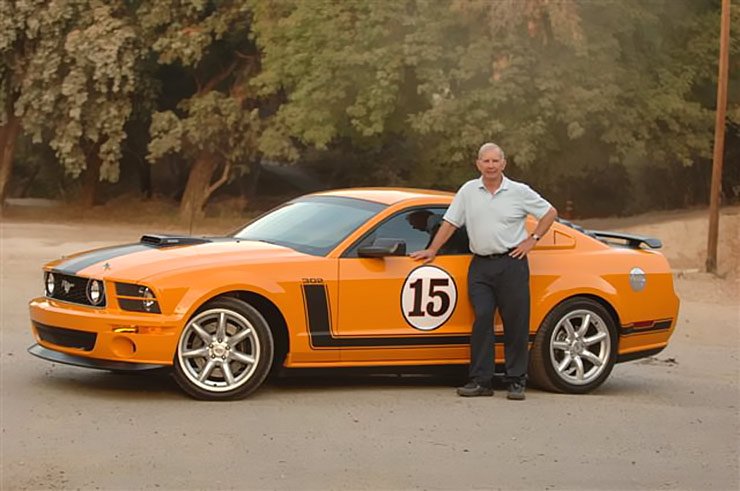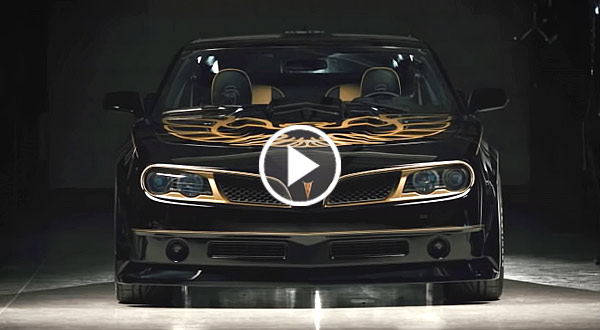The biggest name in hot rod Mustangs for the past 20 years was Saleen Incorporated. By offering limited edition, high performance turnkey sports cars, Steve Saleen took his company from a garage bay tuner to a highly respected OEM level manufacturer. And as one of only 500 cars produced to honor legendary Indianapolis 500 winner Parnelli Jones, this spotless Parnelli Jones Mustang 302 is perhaps his coolest creation.
In 1970, North America was in the midst of muscle car mania as the big three Detroit manufacturers and even American Motors kept bringing to market ever hotter factory hot rods. They had more cubes, more horsepower and increasingly wild paint schemes. For the most part, these machines were designed to do one thing – accelerate as fast as possible in a straight line. On the main streets and drag strips across the land that was the name of the game – or was it?
Although the vast majority of folks wanting to buy muscle cars clearly wanted straight line thrust above everything else, there was a small group who sought out other elements. These were the people that wanted power, but in a balanced package, with handling prowess to match the cubes under the hood. To these people the words Trans Am were a mantra.
One of the more effective ways of doing this was to build a fully street legal counterpart to the Trans Am series cars and at Ford Motor Company the result was a true sensation. The brainchild of Larry Shinoda, who joined the Blue Oval in 1968 at the request of this boss, Semon E. ‘Bunkie’ Knudsen, the Boss 302 debuted mid-way through the 1969 model year and set the Mustang lineup on fire. Under the hood, it featured a 302 5-liter V8. Trans Am series regs at the time limited all engines to a maximum displacement of 5-liters. With massive cylinder heads borrowed from the new high performance 351 Cleveland engine, four bolt main caps and 780 cfm Holley carb, the engine was a revver, screaming its way to 7000 rpm.
Conservatively rated at 290 hp (estimates pegged it at 350), it was coupled with a standard four-speed manual Toploader gearbox, but that was only part of the deal. A special suspension with wider track, staggered rear shocks, along with standard power front disc brakes and some of the biggest and widest tires yet seen on a production car (Goodyear F60-15 Polyglas GTs), the car was a real handler in its day and could run rings around most anything coming out of Detroit at the time. It lasted but two model years, but boy those years were something.On the race track, the Boss 302s acquitted themselves well. During the 1969 season, the Bud Moore cars, driven by Rufus ‘Parnelli’ Jones and George Follmer, finished runner up to the Penske/Sunoco Camaro driven by Mark Donahue, but only by the slightest of margins. For 1970, it was game on as the distinctive Grabber Orange Boss cars drove into the history books, Parnelli Jones clinching a sterling performance that year to nab the driver’s championship – just one point ahead of Mark Donahue and Ford garnering the constructors’ title. After that, the bloom was off the rose and Ford pulled out of racing. However, the images of those Boss Trans Am cars tearing around the track in 1969/70 continued to loom large.
Continue on the NEXT PAGE














Facebook Comments